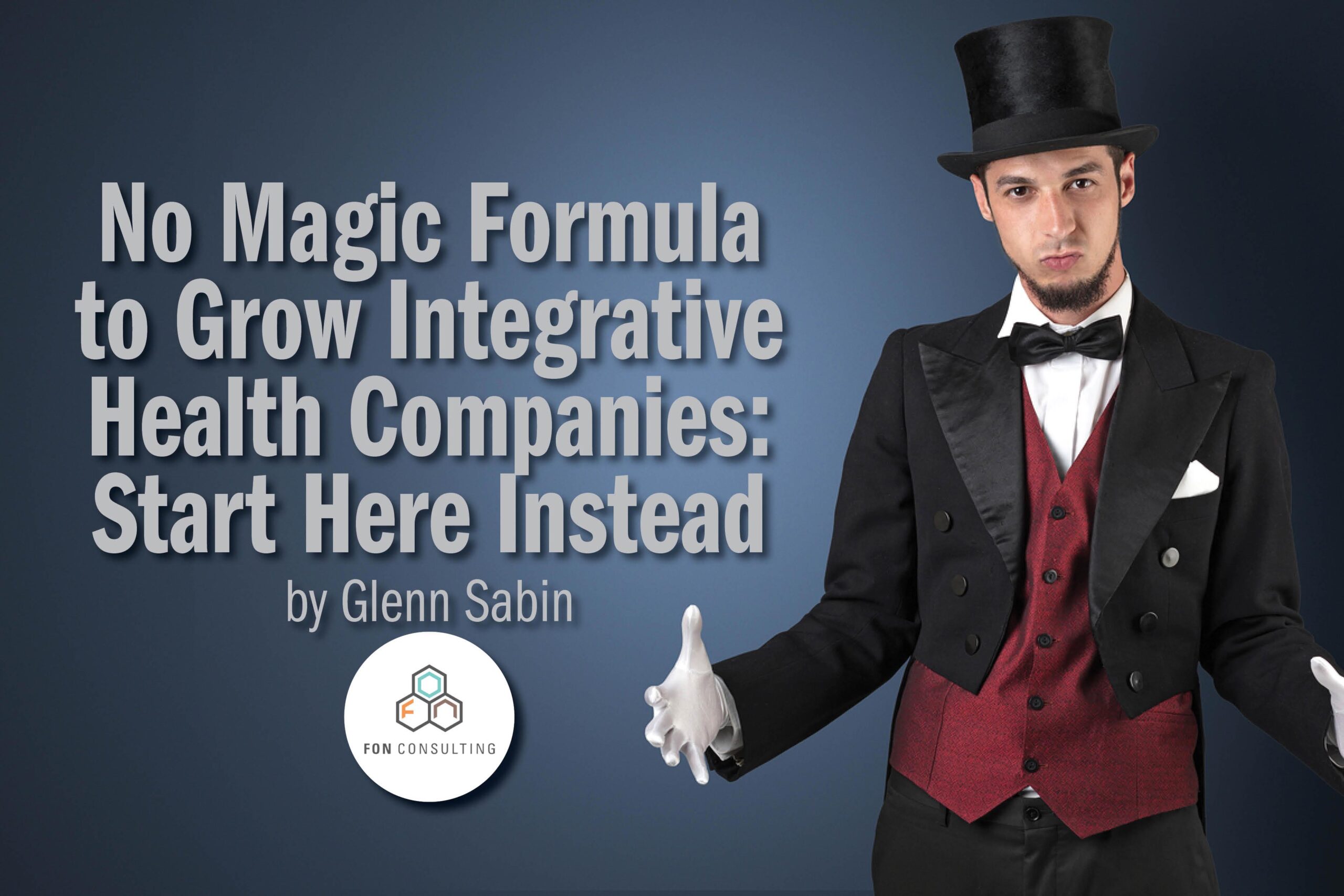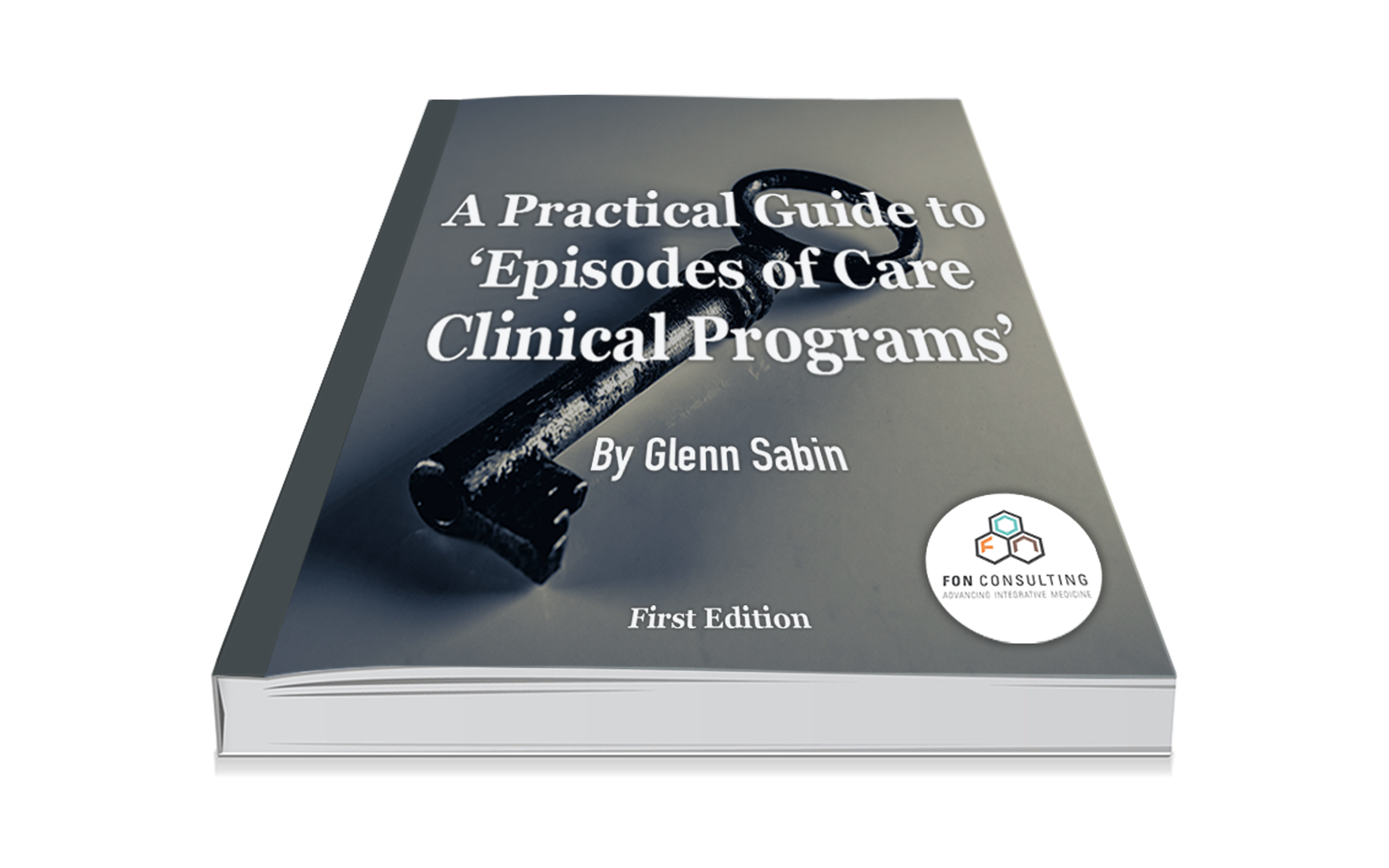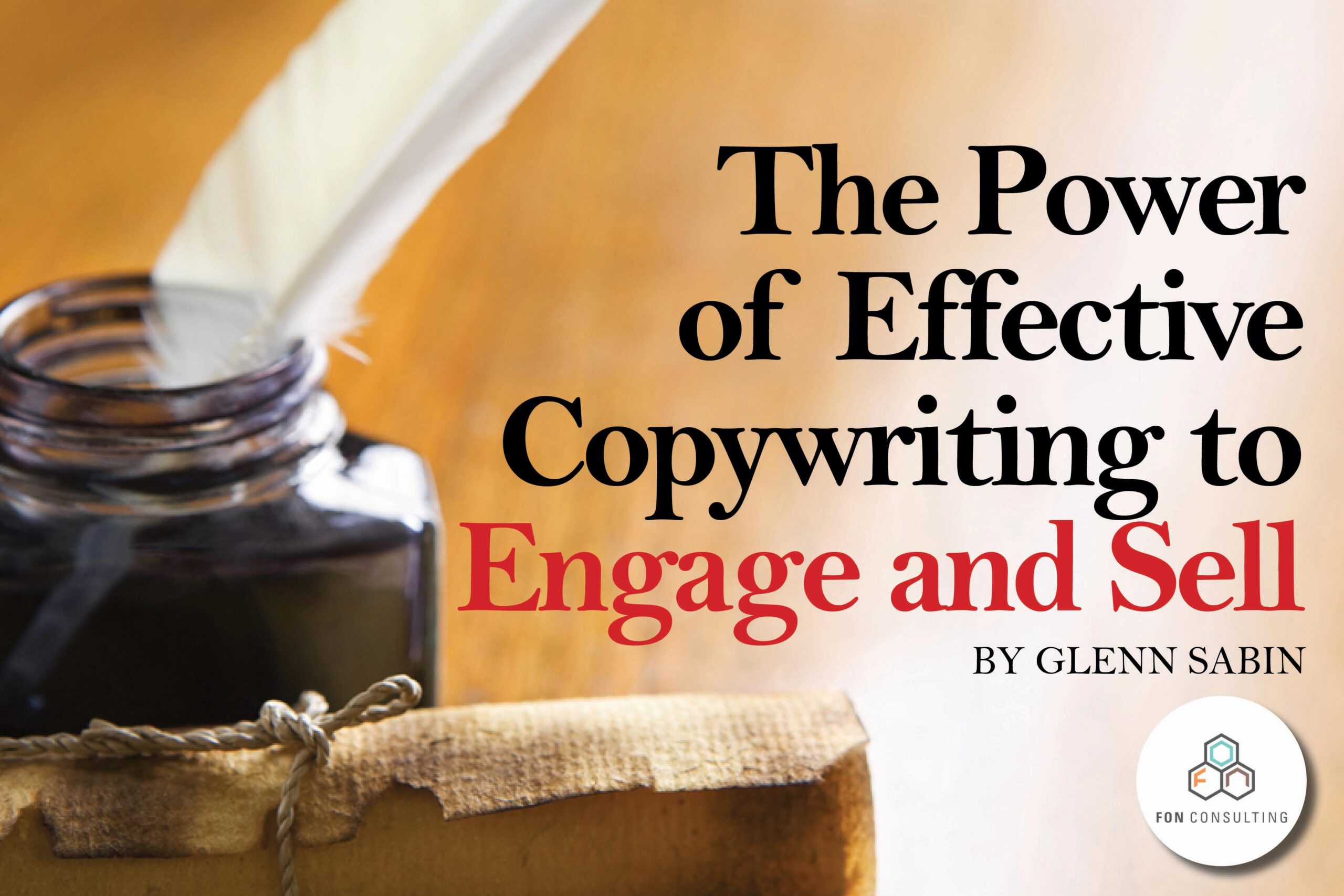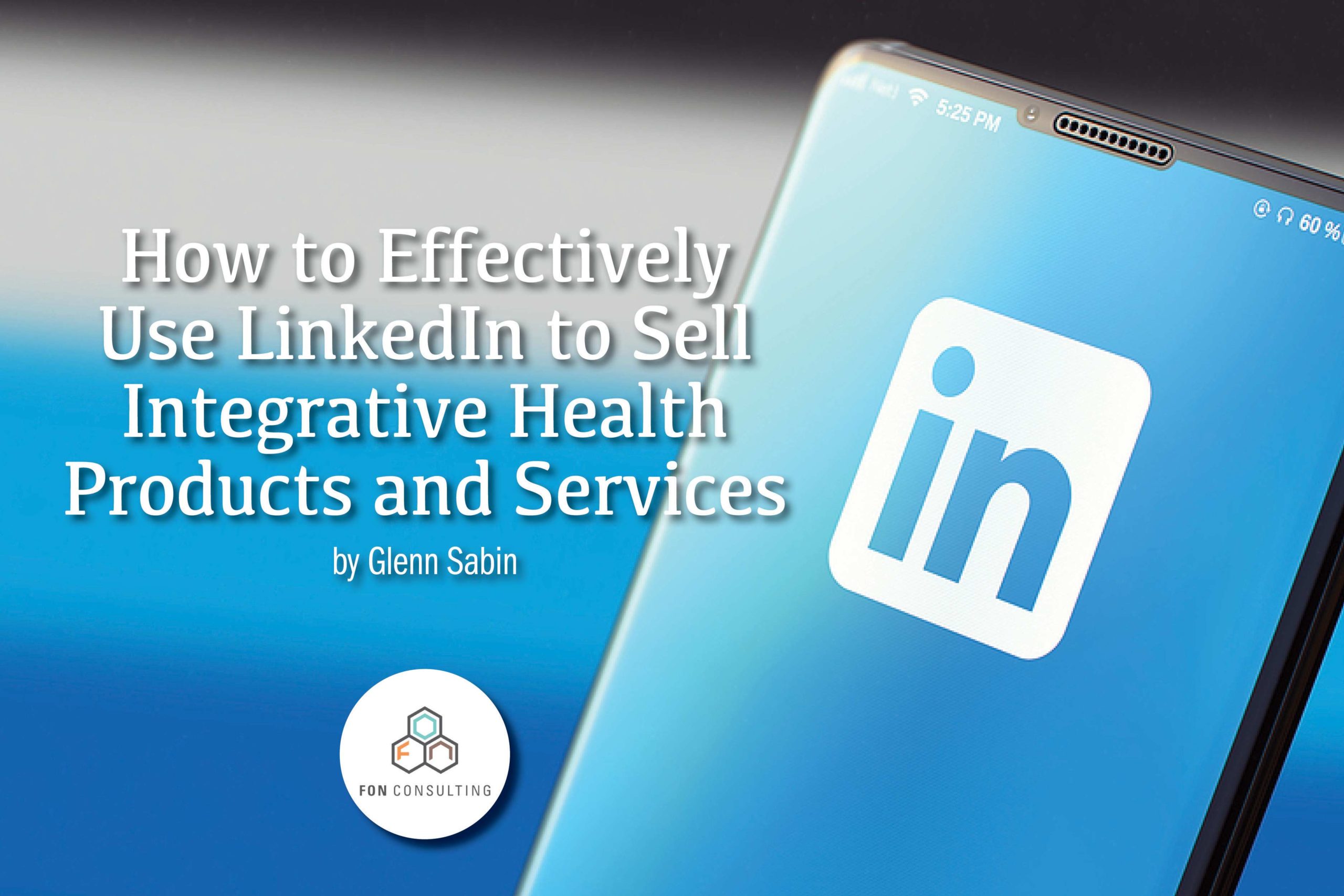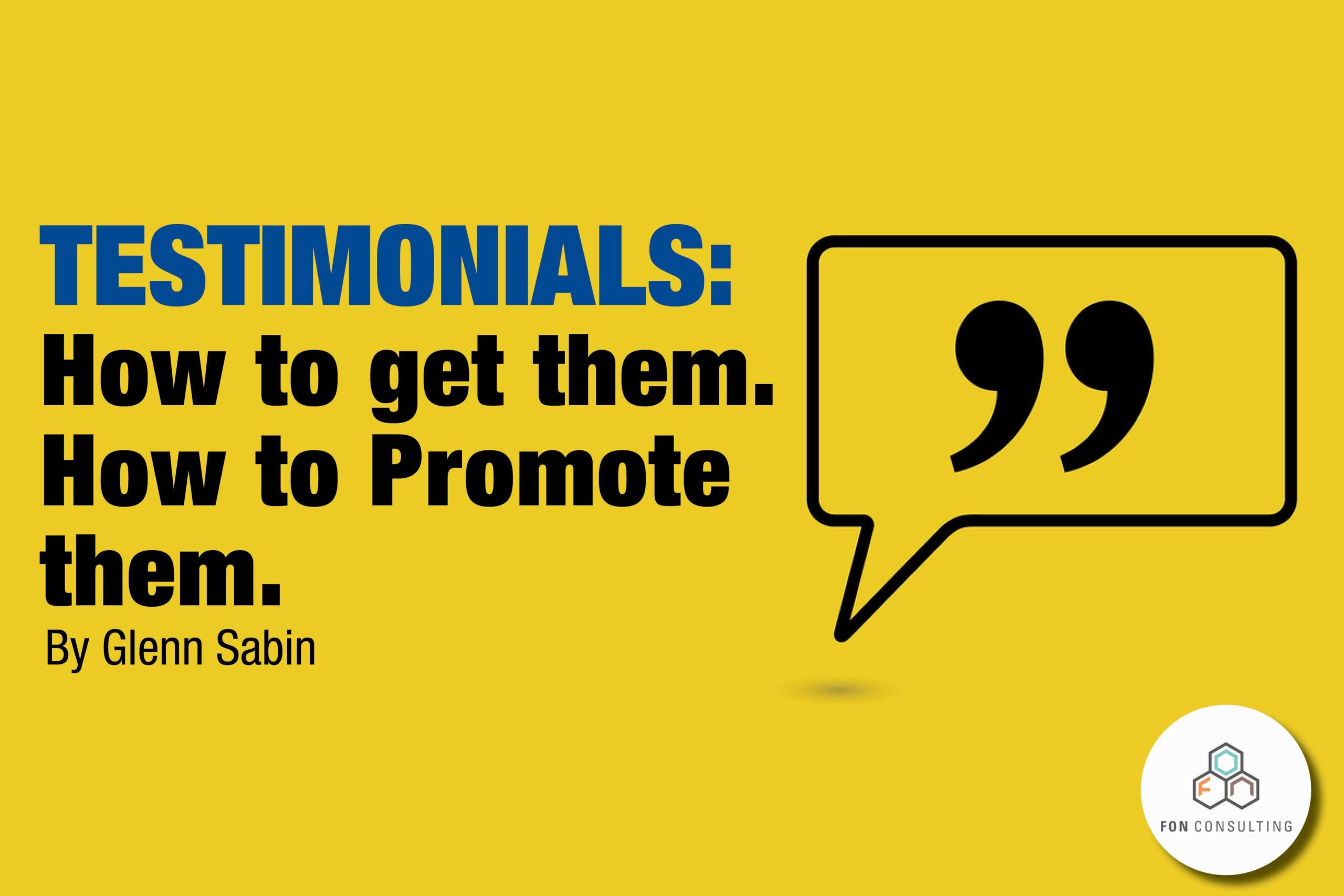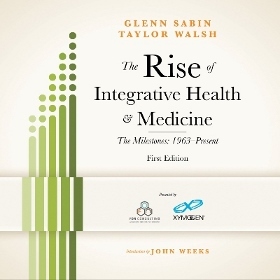Becoming an Integrative Health Thought Leader: Part 4—Content Strategy
By Glenn Sabin
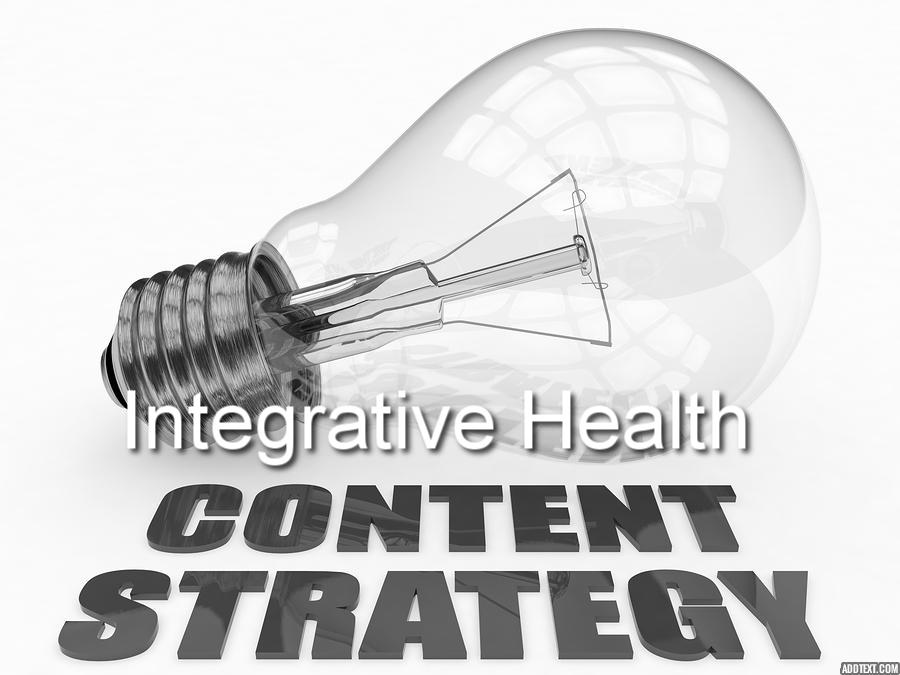
Glenn is on the faculty of Duke University’s Health and Well-Being Leadership Program, where he teaches a Thought Leadership Course. Learn more here.
This is the fourth installment of a 7-part series.
Read the entire series:
Part 1: Introduction
Part 2: Personal Branding + Platform
Part 3: Unique Positioning
Part 4: Content Strategy
Part 5: Media
Part 6: Monitoring + Promoting Your Brand
Part 7: Conclusion–Putting it all Together
Establishing thought leadership is not very complex once you’ve built a solid platform from which to operate.
Once you have identified your personal brand, created a powerful baseline platform, and differentiated the unique niche in which to position yourself professionally, the next step is content creation and its distribution.
For centuries, medical practitioners and scientific thought leaders have used various forms of content to establish and extend their positions. The written and spoken experiential word, in combination with research activities and publication in the medical literature, are the primary drivers of thought leadership.
Though various aspects of your personal branded platform will be updated, and evolve as necessary, with new digital marketing and aesthetic tweaks ‘here’ and reinforced messaging ‘there’, your brand infrastructure (website, core messaging, logo, brand colors, typography, social media profiles, unique niche) will remain relatively constant.
The hardest—and most important—part of establishing your capacity for true thought leadership is to become a consistent content creator, an actual media-maker.
Only via the consistent delivery of high quality content specific to your unique niche and tailored to your target persona will you create a substantial following of patients, customers and/or influencers (consumers or professionals) who want to hear what you have to say.
You will need to target your personal brand strategy and associated thought leadership content efforts to a particular geography, especially if you are a clinician looking to influence a local community and build a vibrant practice. If you are aiming nationally as a clinician, researcher, or businessperson, your content strategy and how you must optimize and distribute it will differ.
However, if you are starting with a local target geography, achieving the next breakout in terms of extended reach will be a natural progression, when properly executed. If you carefully adhere to the authenticity of your personal brand and voice, and create and engage around helpful, relevant content, your audience will naturally widen over time.
The Best Type of Content to Establish Thought Leadership
This largely depends on who you are and the target buyer or influencer persona you are trying to reach. Your overarching content creation and distribution strategy should be customized for your specific needs and goals in service of your target client, patient, or influencer persona.
The most important rule is to choose one or two primary content forms and consistently create and post high quality work. Core content executions that would be an effective fit for most integrative health professionals include:
Writing
Blog Posts
Post to your website, minimum 1 post per week, 500-1500 words, following best practices, which includes: strong titles, subheadings, graphics, short sentences, and short paragraphs. Contribute as a guest blogger to sites larger than your own, but with similar target audiences.
Your blog is the most important ‘owned media’ that lives on your site. If you only create one type of content, then regularly create engaging, informative blog posts.
Social Media Posts
Social media posts range in size based on chosen social media networks. Post several times per week on networks most relevant to integrative health and your thought leadership efforts. Keep in mind that original content is the glue that connects your social followers and fans to your ‘owned media’—your website and core messaging—leading to a call-to-action appropriate to your brand and thought leadership goals.
Authorship
A huge undertaking, I know, but nothing says ‘authority’ like authorship. After all, these words share the same root. Once you have nailed your unique personal brand identity and developed your platform, and begun creating smaller forms of content around your niche, writing a book is easier than you imagine. In fact, there are processes for ‘blogging a book’ whereby you outline the contents of the book then blog post it in easily executed pieces, after which you pull it all together in book form, essentially repurposing work you have already completed. Virtually every major thought leader across industries is a published book author in his or her respective niche; by taking one step at a time, you can too.
Speaking + Audio + Video
Presentations (experiential)
Live talks are by far the most intimate, commanding, and engaging form of content delivery. Regardless of your personal brand and target persona, you will want to take advantage of public speaking to establish and expand your thought leadership. Most presentations can also be easily converted and posted to SlideShare (a web based hosting service in which to share (privately or publically) various presentation formats including PowerPoint, PDF, Keynote, and OpenDocument).
Regardless of your target audience—consumers within a community outreach workshop setting or 1200 medical professionals in front of you (and a podium)—live presentations, delivered well, are the most powerful form of communication and engagement. I cannot emphasize enough the importance of becoming a skilled orator to maximize your thought leadership potential.
Your live presentation strategy will be informed by your target customer or influencer persona and geography (local, regional, national, international). Invest the time and energy to learn how to become a seasoned storyteller. Develop the skill and capacity to leverage your voice, body language, performance, and knowledge to powerfully influence your target community.
Given that a speaker is judged more on energy and performance than actual content, it’s time to re-evaluate all those heavy PowerPoint slides, notes, and the lectern—the trio of crutches that separate most presenters from their audiences—and learn how to command stage presence.
Video
Repurpose your presentations for other content uses, such as YouTube and/or Vimeo, and embed segments of videos on your own site. If your aim is to engage medical influencers—clinicians, researchers—longer form videos are most appropriate for presentations and interviews.
Enjoying this article? Subscribe and get our latest, delivered straight to your inbox.
When targeting consumers it is always best to create short videos (under two minutes in length). These are most effective as ‘explainer’ videos—informative pieces on one specific topic to move prospects to take the next action: subscribe to your YouTube channel or mailing list. You can read more about incorporating video for integrative health providers here.
Audio—Podcasts
Podcasts, once left for dead, have made an impressive comeback in recent years. Relatively inexpensive to produce a high quality recording, this platform should be considered by thought leaders as a core content type, especially if you are more comfortable, say, speaking extemporaneously with a basic outline, or interviewing colleagues.
Podcasts can be a perfect match for busy professionals who prefer this media format over writing long pieces of proofed content. Busy consumers (professionals and laypeople alike) actively listen to audio books and podcasts during commutes and while working out.
Research
Depending upon your profession, and subject to your career goals, research can be transformed into powerful content. If you are a full time investigator your findings can be incredibly influential through writing and submitting manuscripts for publication in the highest impact journals possible, and/or presenting your findings via interviews and conferences.
Private clinicians, administrators, or business people in the field will find the utility of research models and processes can vary widely. A private clinician may best be served by comprehensively tracking patient outcomes for treatment of, say, irritable bowel syndrome, to influence local gastroenterologists who may see the value of—or have a nominal level of curiosity in—a non-drug, ‘whole system’ (non-reductionist) treatment approach for those patients where the pharma-based standard of care has been unsuccessful.
For hospital or health system administrators, or managers charged with creating, running, or growing an integrative health and medicine program, or service line, in- or outpatient, the research may stem from tracking patients and then capturing quality of life measurements in report form or via satisfaction surveys. The latter is connected to reimbursement incentives and ‘bundle payments’ linked to Accountable Care Organizations (ACOs).
If your integrative medicine and wellness services are resulting in shorter post-surgical hospital stays or lower readmissions, which are also reimbursement incentives as an ACO, then you have plenty of hard research to capture across content types, including experiential, to establish significant thought leadership.
This type of storytelling can go beyond internal meetings, presentations and annual reports; you can effectively leverage this content as a key opinion leader to other organizations and at the national level.
Consistency Makes the Difference Between Success and Failure
Fits and starts do not beat the tortoise. (tweet this) If you’ve committed to creating relevant, interesting, and helpful content around your niche, you need to produce and distribute it with continuity.
Once you establish your content types, and set a schedule using a content calendar, you must consistently deliver your work to those who have signed up to hear from you. This is YOU delivering thought leadership. After this key (consistent) action, your work will be shared and shared again with more people who are interested in your particular area of expertise, thereby growing your community more quickly and efficiently.
Distribution is Key
Whoever said ‘content is king’ was wrong. Content is queen. Distribution is king. (Did I just make a sexist comment?) Either way, the symbiotic ‘partnership’ rules.
While content types and frequency are important, the effective distribution of this content is paramount. After all, high quality content created but not seen will not result in the impact you desire and deserve.
Building a list, leveraging social media, guest blogging, and creating a newsletter, all contribute to a process to stimulate web traffic to your platform, and down through your proverbial ‘sales funnel’.
You need the synergy of these things to effectively nurture and grow your community. You become a recognized thought leader by extending your reach to engage or influence more and more people beyond your current sphere. This growing reach will lead more people back to your work, your platform, and to take your desired action: be that signing up for your list, buying a book, product, online program, or booking you to speak.
A comprehensive, stellar quality-directed content creation strategy, tied to a smart distribution strategy, is a powerful recipe for community building and thought leadership. Most importantly, to ensure success you must develop a program most suited to your target customer and/or influencer persona—and be absolutely consistent in the delivery of your unique, helpful content that connects to your personal brand.
About FON
FON creates thought leadership and personal branding strategy for those aspiring to differentiate and hone their message, and propagate their integrative health mission. Contact us today to schedule a call or Skype to learn how FON can help you achieve your professional goals.
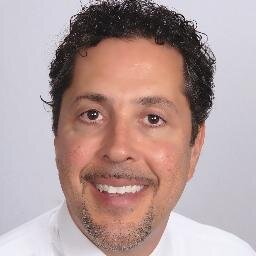
Read Glenn’s story.






